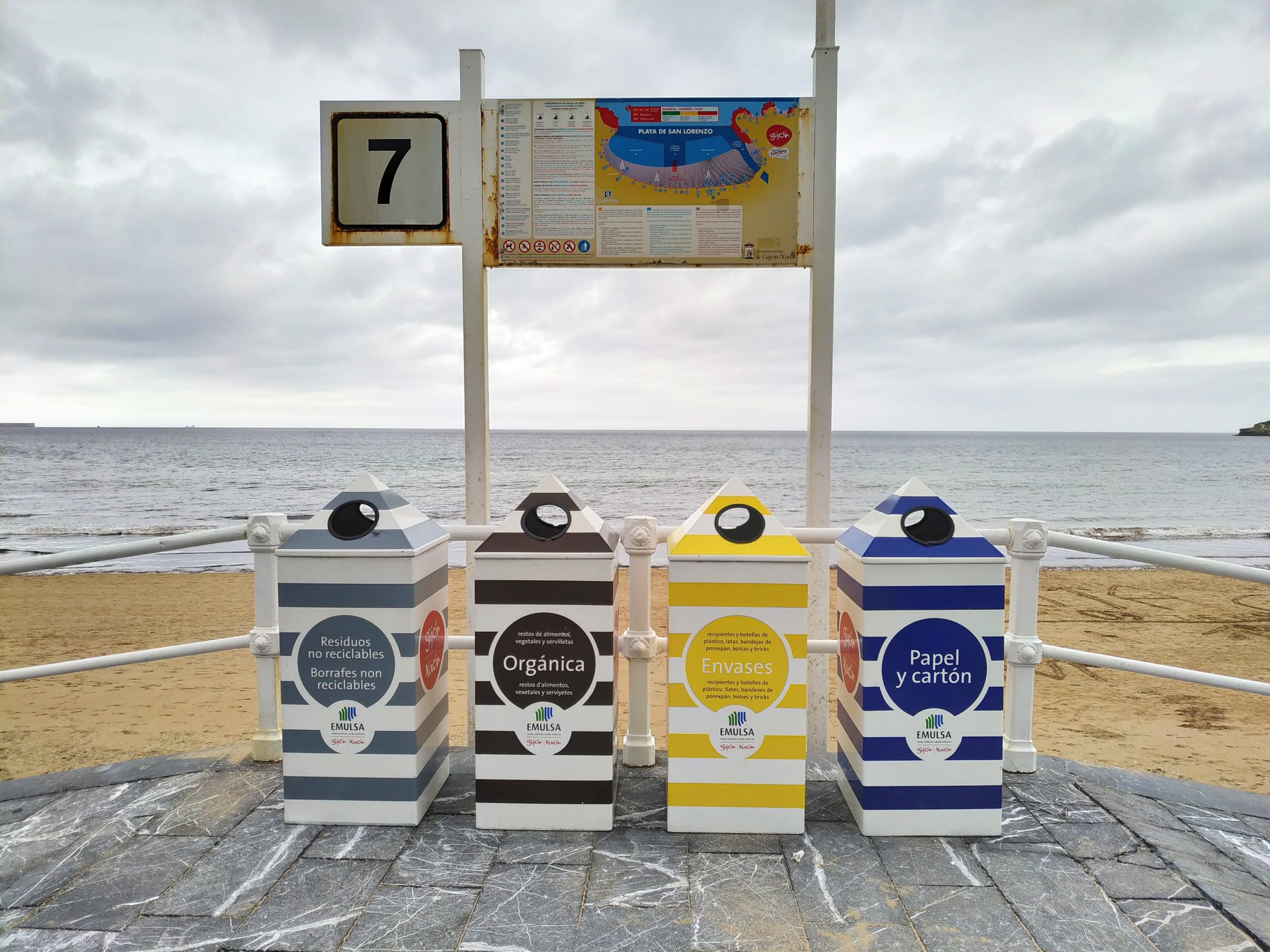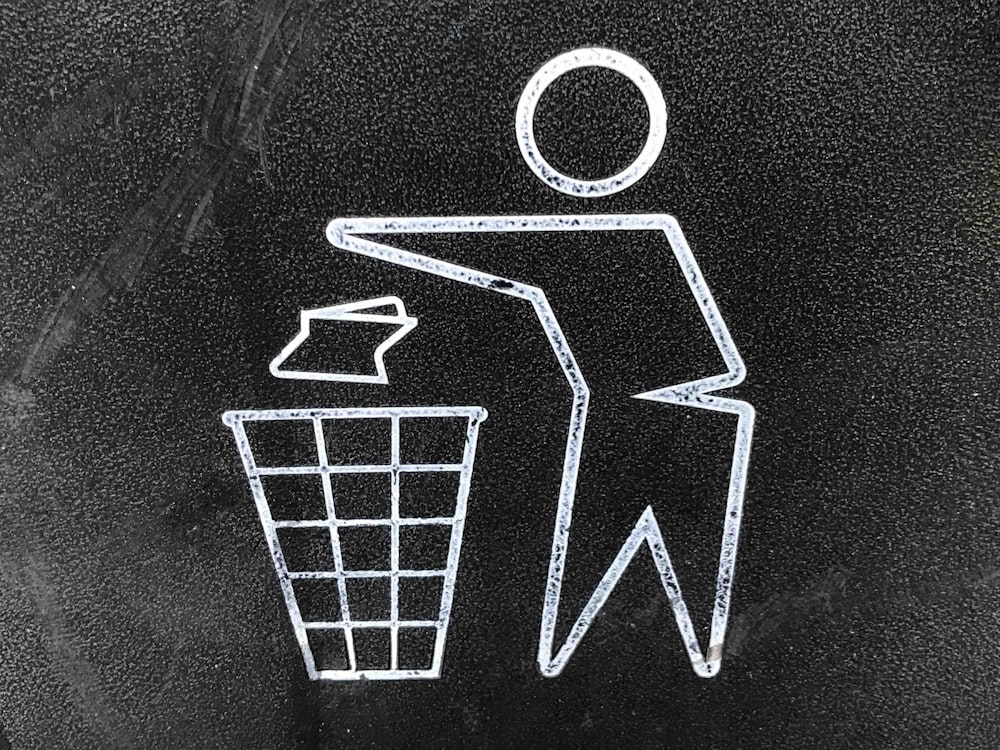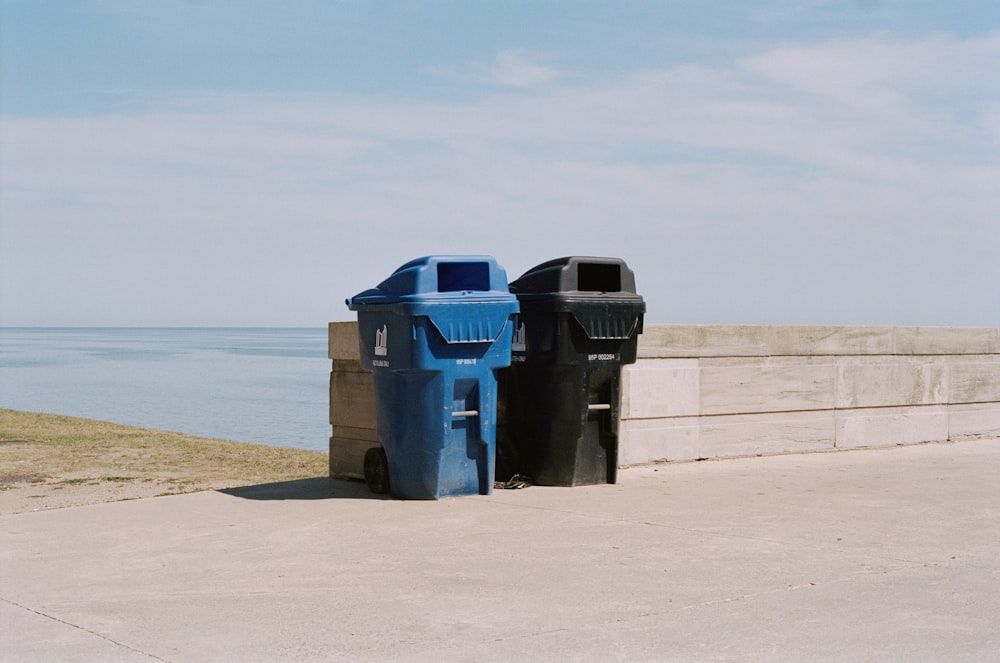Creative Solutions for the World’s Waste Problem

One of the most daunting issues facing the world is the ever-increasing waste problem. From polluting the environment to impairing public health, it poses a significant hazard for a lot of countries, especially the developing ones.
Countries like the United States, China, Brazil, Japan, and Germany lead in contributing to waste generation. With over 2.01 billion tons of solid waste produced globally, it is startling that more than half of the world’s population does not have access to regulated trash collection. The United Nations Environment Program predicts the amount will double in lower-income African and Asian cities because of population growth, urbanization, and rising consumption.

While such predictions are alarming, there are many solutions we can implement individually to tackle the problem en masse. Some of these require interventions from the government, while others need implementation at a local level to be more effective.
Why do we create so much waste?
One of the main contributors to waste generation is littering. Littering is a modern issue, originating in the 1950s when manufacturers started producing higher volumes of materials and packaging in plastic. However, in just 70 years, littering has ended up impacting the environment rather badly. Scientific reports suggest 8 million tons of plastic waste ends up in oceans and littering continues to be a largely deliberate act.
While it is difficult to comprehend the domino effect of throwing a cup out of the window, it is crucially important to educate the public about littering and how it affects the environment.
The most common sources of litter are roadways. Motorists and pedestrians are the main culprits, and their justification can be boiled down to –
- Laziness or carelessness
- Lack of trash receptacles
- Lenient law enforcement
- Presence of litter beforehand
To mitigate such an issue, we should understand its serious long-term consequences. Littering causes pollution due to the presence of non-biodegradable chemicals like arsenic and formaldehyde. These chemicals make their way into the air, soil and freshwater sources, impacting humans, animals and the environment.

It also affects wildlife. Over a million animals die each year due to the ingestion of improperly discarded waste, which is commonly plastic. Improper disposal also creates breeding grounds for bacteria and diseases. This can lead to contact and transmission of germs through animals or humans, with potentially disastrous consequences.
How do we tackle the issue as a community?
People have started to recognize the long-term hazards of littering. Cleanup initiatives have brought together like-minded individuals in communities that want to make a difference. In our digital age, apps like Litterati allows people to dispose of litter and involve others in their initiative. Jeff Kirschner, the founder of Litterati, has established partnerships with brands and NGOs such as Levi’s and WWF, with a common mission to create a deeper impact and thus, a better future for all.
Even governments have started to recognize the nuisance and impacts of littering. For instance, the lack of public waste bins or receptacles can certainly be addressed by adding more bins. However, by also establishing systems in place to increase the frequency of cleaning and maintenance, they can contribute towards addressing this issue effectively on a larger scale.

Designers are creating projects that promote systematic solutions involving waste management industries, the government and advertising agencies.
As an industrial designer myself, I have worked on projects to solve the problems of healthcare and sanitation. One of my projects, the Ad Bin, focused on the lack of proper waste management in India. My team and I identified issues with illegal advertisement boards and the lack of public waste bins in our city of Vadodara. We addressed this by creating a bin that would be maintained by the government and local advertising agencies through a circular model of operation. However, our project ended up being purchased by a real estate company. Despite that, there was a profound sense of satisfaction in contributing to the issue of global waste production.
What can you do to make an impact?
We should keep in mind to be aware of our surroundings and our impact on the environment, now more than ever. While littering is a big problem, cleaning it up does not have to be. Spare 10-15 minutes from your day to clean up the litter in your block or take a bag with you when you go for a walk or a hike. Such simple changes can help in creating a much bigger impact.

Personally, I have switched from bulk purchasing bottles of drinking water to using a water filter for tap water. Switching from single-use packaging to reusable plastic or glassware can go a long way in preventing the accumulation of waste. By doing something similar, not only do you minimize your expenses, but you also contribute to waste prevention.
And finally, try to adopt the three Rs in everything you do: Reduce, Reuse, Recycle. Before buying something, ask yourself if you really need it. And always leave the bin as your last resort.


Leave a Reply